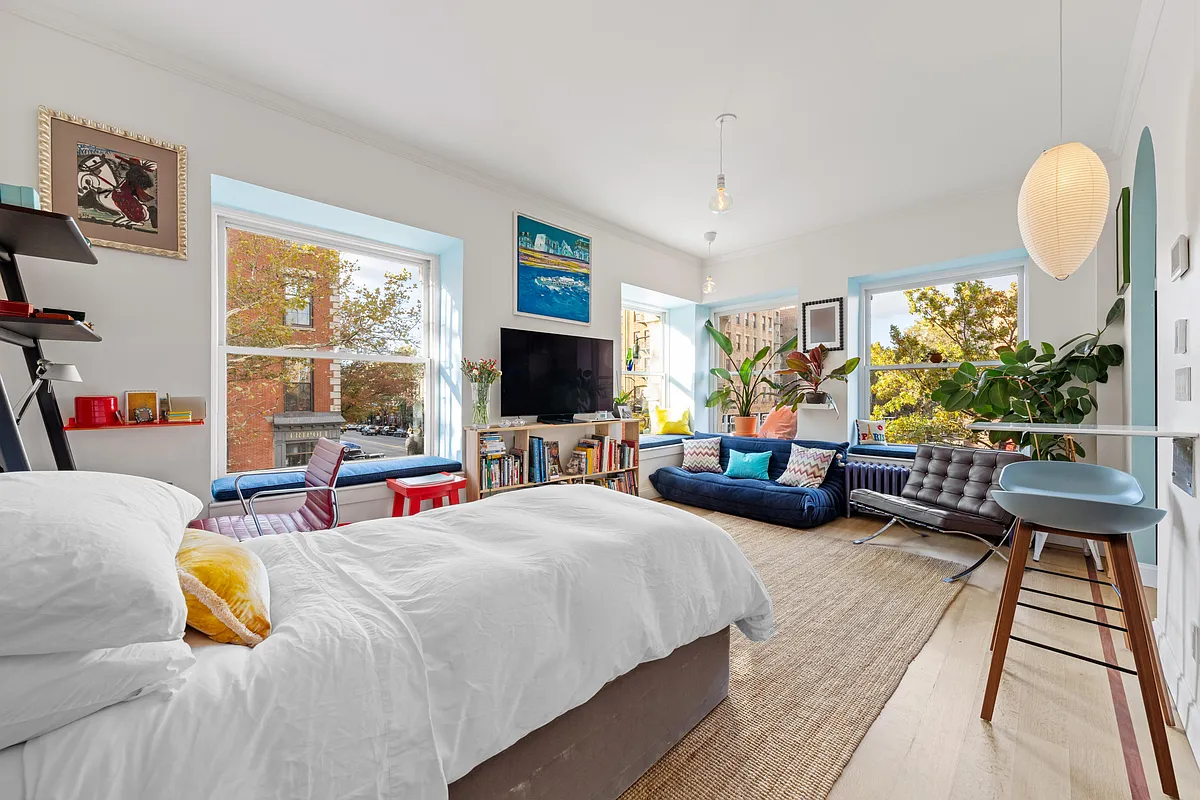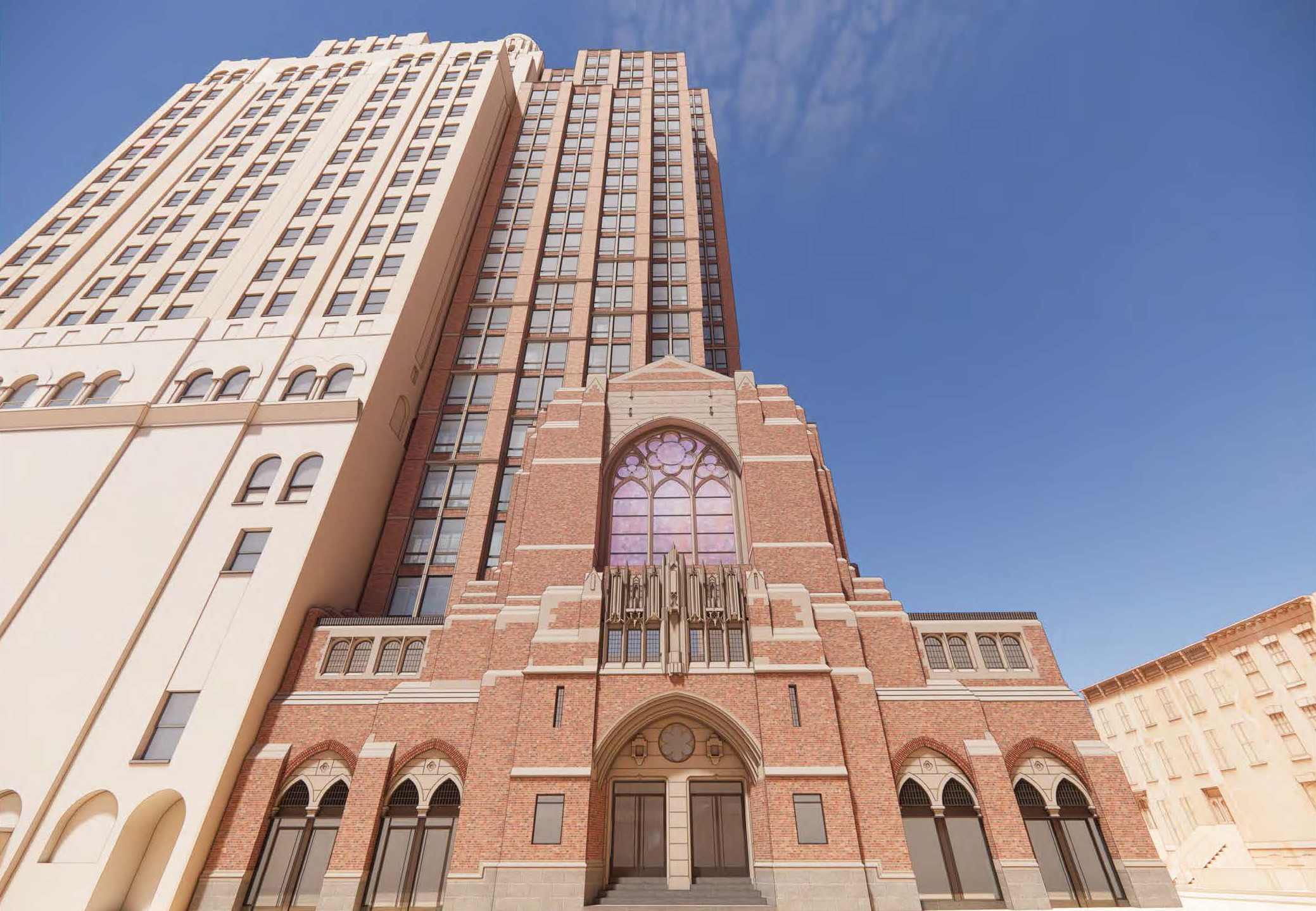Brooklyn's 2010 Census Count
The city is calling into question the 2010 Census numbers released yesterday, saying the population count, at a record high of 8,175,133, falls short of its projections. (The Observer reports the Census Bureau is standing behind its data). Meanwhile, here are some of the stats released about Brooklyn: -The Local’s chart on Brooklyn’s stats show…
The city is calling into question the 2010 Census numbers released yesterday, saying the population count, at a record high of 8,175,133, falls short of its projections. (The Observer reports the Census Bureau is standing behind its data). Meanwhile, here are some of the stats released about Brooklyn:
-The Local’s chart on Brooklyn’s stats show an increase of 39,374 people in Brooklyn between the 2000 and 2010 tallies, for a total of 2,504,700.
-According to The Times, “Manhattan and Brooklyn accounted for the only counties in the country with a million or more people where the white share of the population rose.”
-Also from The Times: “According to the census, Queens registered a net loss in occupied housing since 2000 and a 59 percent increase in vacancies. Brooklyn recorded a 66 percent rise in vacancies. In the eyes of the census, [Joseph J. Salvo, the director of the population division at the city’s Planning Department] said, ‘huge swaths of housing have essentially been depopulated.’ He added that in many cases, the neighborhoods where the census found high vacancy rates were not necessarily where new housing had been built, or where foreclosures had been rampant.”
-The screengrab above is from WNYC’s interactive map, which lets you zoom in on tracts to see the population increases and decreases that were reported.
Census: New York City’s Population Barely Rose in the Last Decade [NY Times]
Mapping Changes in the Five Boroughs [WNYC]
A Population Grows in Brooklyn [The Local]
Census Bureau Stands By Numbers [NY Observer]





” suspect major non-participation from non-speaking immigrant groups as well as the hasidic. believe i read that the entire community did not fill out the surveys in Williamsburg which throws off the number of children in the area dramatically for instance.”
The mail in census response rate in Williamsburg was about 31%.
the problem the LA found out with multiple huge commercial centers is that people ended up living far from the commercial centers and as the number of centers goes up, the number of transportation paths needed to connect them goes up close to exponentially.
For instance, in a huge commercial center around Jamaica would be neutral good for people in Long Island and East Queens, but horrible for people in the Bronx, Staten Island, Connecticut, New Jersey, Manhattan, and much of South Brooklyn.
In order to give them effective transportation, multiple new transportation lines would have to be created into the area, including new crossings of the Long Island Sound.
Even then, what would probably end up happening is many people driving to the new center, which adds much more strain on the existing the road system.
I think it is much more cost effective (although still not cheap) to improve existing corridors and add density to existing business districts.
BoerumHillScott — Those are ALL spitting distance from Manhattan!!
You just shaved 10 minutes off the commute of the family living in the “affordable” parts of the city.
There should be a damn commercial metropolis in Brooklyn/Queens in and around the JFK Airport! That’s where people fly in and it would cut 40 mins off the commute for folks that live out on Long Island.
Everything Minard says is mostly true. Except the weather is pretty decent here. 🙂
Sure as hell beats San Francisco.
Minard- true, NYC is not a national capital but it is considered the most important city in the US behind Washington. Maybe even first, depending on who you talk to. More than that, it is the economic engine that funds the state of NY. Upstate gets proportionately more return for their tax money than NYC does. One day Albany may wake up.
“ugh – a million more people by 2020? how is everyone gonna get to work?”
Bicycle, dh, bicycle. There will be no more room for cars and no more room on the subways.
MM, you had me rolling on the floor when you talk about building new subways. The days when you could build an actual infrastructure project without a massive nimby protest are long gone. We’re up to what, 40 years on the 2an Avenue subway?
NYC does have multiple established business districts (Midtown, Downtown, and Downtown Brooklyn), as well as smaller districts such as Long Island City and Madison Square area. All have room for growth and are well served by existing transit lines.
Our current transit system does suck for moving people across the boroughs, but it is awesome when it comes go getting people from neighborhoods to job centers with a minimal amount of transfers.
L.A. has had a 40 year plan of creating multiple business districts, and to some extent the plan worked. The problem is that there was no way for the transportation system to keep up. A grid system greatly increases the number of connections that have to made to move people, and each connection turns into a bottleneck.
Bloomberg’s estimate of population growth for the city is “nearly a million” from 2007 to 2030. I do not know if it will happen or not, but it is certainly reasonable given overall population trends.
The fact is that the the population of the United States will continue to grow, and that new population will require new infrastructure.
NYC can choose to capture some of that growth, or let it all go to other cities and suburbs.
BTW, the subway systems were operated by private companies, but were constructed almost entirely with city money, and were owned by the city.
The elevated lines were mostly privately built, although later ones got city money.
i think the griminess of our subway system gives it character.
*rob*
“Something is happening at Fulton Street. Maybe someday I will go down there and they will finish it and it will look like Jay Street.”
i think they’re redoing all the stations at fulton st. the 2/3 platform is definitely a lot nicer than it was 5 years ago.